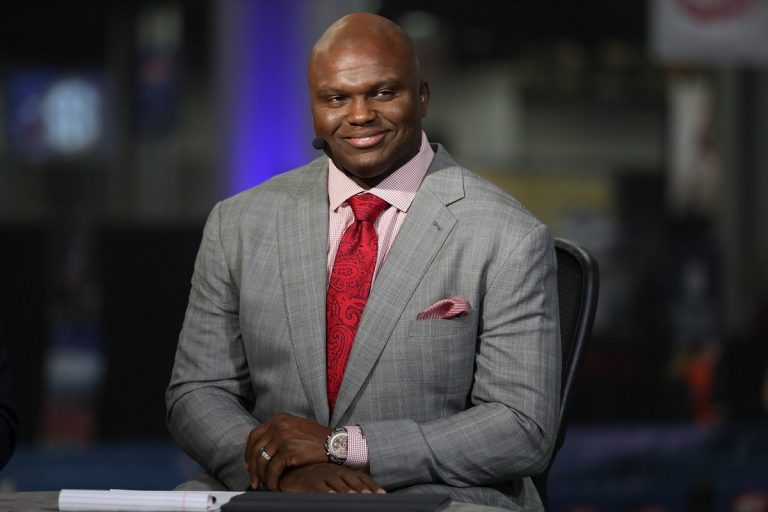
When Brian Kelly and GM Austin Thomas strode into the sleek headquarters of Baton Rouge’s MMR Group last December, few boosters realized they were witnessing a turning point in LSU football. In an in-depth report for TheAdvocate.com, Wilson Alexander peels back the curtain on how the Tigers went from lagging behind their SEC peers in NIL dollars to assembling what Kelly now calls “the best roster I’ve had in four years.”
A Fundraising Grind Born of Necessity
After consecutive seasons slipping below expectations—each costing Kelly at least three games—LSU faced a stark reality: to compete for championships, it had to out-raise funds in the new name, image and likeness arena. Enter Pepper Rutland, MMR’s founder, former LSU linebacker and long-time donor. Kelly’s first visit to Rutland’s office set the tone for a campaign that would lean heavily on convincing community leaders to buy into an ambitious NIL business plan.
“We had to go around the community,” Kelly told Alexander. “Show them our game plan—how we’d retain talent and recruit top transfers.” Their goal: raise at least $13 million in the Bayou Traditions collective before the transfer portal swung wide open. By comparison, LSU had spent $11 million on NIL in the previous three seasons, $5.5 million of it just last year. The stakes were clear: without more cash, key contributors would bolt, and top-tier transfers would look elsewhere.
Borrowing from the Pros
In a savvy twist, Thomas and AD Scott Woodward used LSU’s open week last fall to visit the Seattle Seahawks. They wanted a front-row seat to NFL salary‐cap mechanics, and to test their roster‐management ideas against a professional blueprint. “It was validation,” Woodward said. Thomas dialed in further refinement with contacts in Houston, sharpening LSU’s valuation model so the Tigers could hand out contracts with near‐NFL precision—while still staying under the looming collegiate cap.
That cap, a product of the pending House settlement, would let schools dole out up to $20.5 million in 2025-26, with an annual increase tied to revenue growth. LSU aims to allocate $13.5 million for football, split between two seasons. Bayou Traditions front-loaded $10 million in early 2025—dollars that skirt the revenue‐sharing threshold—so Kelly could promise recruits “an assertive, confident contract” without fear of clawbacks.
Building A Formula for Spending
Austin Thomas is no stranger to these high-stakes auctions. First tapped as LSU’s general manager in 2016, he was part of the 2019 national title run before a stint building Texas A&M’s Orange Bowl roster and back-to-back top-two transfer classes at Ole Miss. Rehired by LSU last spring, Thomas implemented a position‐by‐position valuation system inspired by NFL spending. Move one figure, and the spreadsheet rebalances automatically—let you know in real-time when to walk away or when to lean in.
That technology—house-built in partnership with NextGen Prospect—started as advanced scouting tools in early 2022. Under Thomas, it evolved into a unified platform marrying scouting, recruiting boards and budgetary controls. When the portal window creaked open, LSU could upload every prospect instantly and visualize who fit within their cap model. “That real-time transparency was a game‐changer,” Thomas says, “especially during crunch time.”
A Calculated Dive Into The Portal
Kelly has always favored home-grown talent, supplementing with transfers when necessary. But a year ago, LSU’s modest nine-man portal class left the Tigers short at defensive tackle and other key spots. Recognizing that philosophy hadn’t panned out, the staff spent last summer drilling into every Power Five player’s film, background and projected value. By August, LSU had a national board of portal targets—a readiness strategy tailor-made for December’s sprint.
And sprint they did. In a two-week blitz before the portal opened, the Tigers matched up to 25 donors with Thomas’s valuation analytics, Woodward’s business plan and Kelly’s transparent pitch. They hit their $13 million NIL goal, including multiple seven-figure gifts sparked by listening to donors’ fear of falling behind—an anxiety crystalized when five-star QB Bryce Underwood flipped to Michigan. “It was an ‘aha’ moment,” Woodward recalls. “All of a sudden, people saw the urgency.”
The Payoff: 18 transfers
When LSU’s portal window closed, the Tigers had added 18 transfers—most in the Kelly era—equaling Miami and Texas Tech atop 247Sports’ transfer rankings. Seven newcomers were top-100 talents with a combined 262 career starts, and all except two came from Power Five programs. Kelly’s strict criteria—“frontline starters with experience”—meant no punts on projects from Ivy League schools. This was a roster designed to win now.
Back in the spring, sophomore edge Gabriel Reliford admitted he wondered, “Are they trying to replace me?” The coaching staff’s response: competition breeds excellence. And by opening up donor access—Kelly calls them “shareholders”—the staff gained an unprecedented level of accountability. “I’d never done it this way,” Kelly said. “But that’s what we needed to get the impact our program needed.”
A Blueprint for the Future?
LSU doesn’t expect to replicate an 18-man class every year. The Tigers still aim to lean on high-school recruiting and player retention—evident in their current No. 4 recruiting class for 2026. Yet as Alexander’s deep dive shows, 2024 was a “unique situation”: a confluence of donor skepticism, a looming cap structure and a roster that needed immediate overhaul. The result is a team, Kelly insists, “poised to play with anybody in the SEC.”
Now comes the real test: meshing a patchwork of newcomers with returning stars before a brutal opener at Clemson and an unforgiving conference slate. But if Alexander’s reporting is any guide, LSU’s off-season blueprint—fueled by booster buy-in, pro-style analytics and an “all-in” portal philosophy—has given the Tigers a shot at the College Football Playoff that once seemed out of reach. In Kelly’s own words: We needed help. Now, we don’t.




Be the first to comment